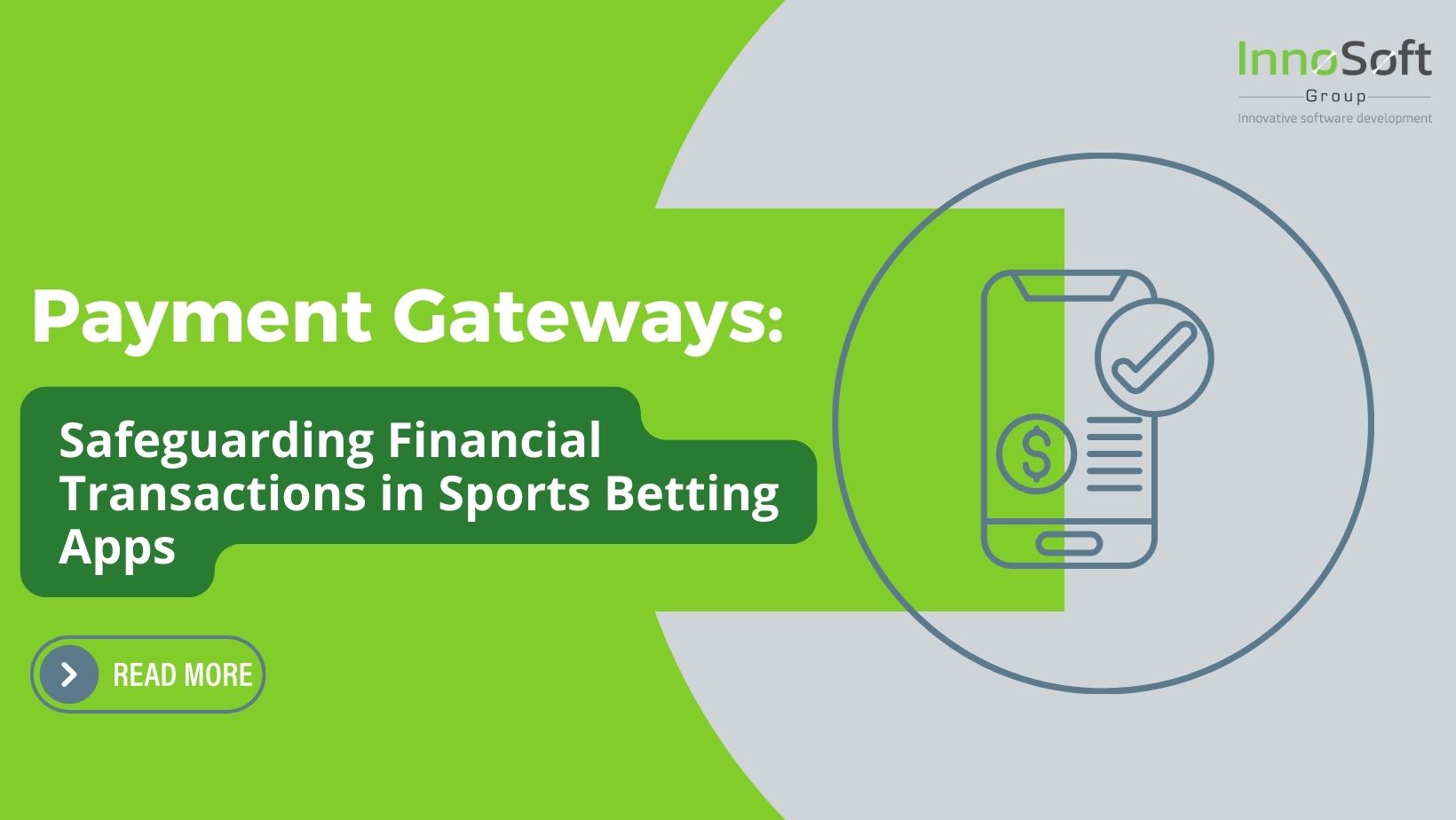Cryptocurrencies are digital currencies that function the same way as their traditional counterparts, Users can use them to pay for products and services or to receive money from sales of those items. In contrast to conventional currencies, cryptocurrencies require an online network to enable and verify all transactions in order for them to function.
Steps to Create a Cryptocurrency:
The only prerequisites for developing a new cryptocurrency for a Cryptocurrency Development Company are technical expertise, a commitment of time, and the desire to produce an item that users will want to purchase and use. Here is the procedure suggested by our experts at Innosoft.
1.) The Use of Your Cryptocurrency Should Be Decided
The obvious but crucial first step in producing a cryptocurrency is for developers to identify a useful application for their proposed virtual currency. Both conventional currency and cryptocurrencies have a variety of uses, Before introducing their currencies to the digital currency marketplaces, astute creators design compelling uses for them.
2.) Choosing a Blockchain Platform
Blockchain Development Services are used as the foundation of all cryptocurrencies. As a result, a system of accountability is established and every transaction is guaranteed to be documented and spread over the blockchain. With this method, it is difficult for outsiders to hack, deceive, or alter the digital ledger. Platforms differ based on the consensus method they employ.
3.) Get the Nodes Ready
The nodes that make up the blockchain must be created after you’ve chosen a blockchain. Nodes are often quick computers that join a blockchain network in order to process and validate transactions. Nodes record and share data that is eventually added to the digital ledger while maintaining the currency.
4.) A Blockchain Architecture Should be Chosen
Blockchains don’t all function in the same manner when it comes to sharing data. Similar to conventional architecture, digital architecture must take into account both design and how everything fits together to function as efficiently as possible.
5.) Decide on APIs
The application programming interface (API) is an interface that connects to a client network or a blockchain node. An application that gathers information about a currency, for instance, can communicate with the currency exchange using an API. In the world of cryptocurrencies, APIs can be used for many different things, but the most popular ones are exchanging currencies, supplying data security, and getting currency research.
6.) Design a Useful Interface
Developers must take the user interface (UI) and user experience (UX) into account if they want to make it simple for others to engage with their coin (UX). Consumers and miners are more likely to be able to simply set up their settings and manage their investments the simpler the UI and UX similarly used by a Metaverse Development Company for game development.
7.) Be Aware of the Legal Implications
It is prudent and vital to go through the legal ramifications of developing a new currency before getting started. Create a legal organization, like an LLC or corporation.
Also Read: How Much Does It Cost To Create Your Own Metaverse?
How Much Does it Cost to Build a Cryptocurrency?
Usually, it costs between $15k and $35k to launch a new cryptocurrency. Your needs and budget will determine how much it costs to create your own cryptocurrency. As you create your cryptocurrency token or coin, you’ll see that the customizations and functional features you choose will determine how much you pay. Overall, the price is in line with the features you desire.
The Bottom Line
It takes time and effort to create a suitable cryptocurrency that is reliable and viable. Any developer’s chances of success can be made or broken by their access to the technology required to deliver the highest level of security with the most straightforward user interfaces.














































